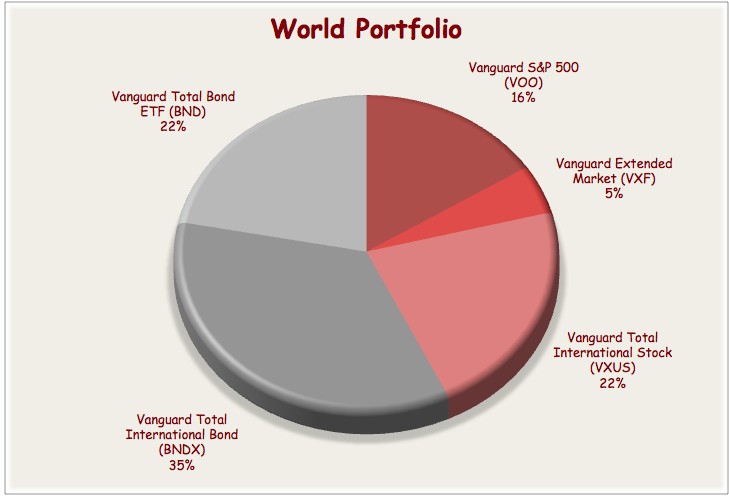5 Steps to Set Up a Retirement ETF Portfolio US News
Post on: 21 Октябрь, 2015 No Comment

Check your age, goals, and appetite for risk, then choose your funds.
Chances are, you already own a portfolio of mutual funds. So how would exchange-traded funds fit into the picture? For starters, ETFs are still struggling to break into company retirement plans, so you’re not likely to find them on your 401(k) menu. But in a taxable account or an IRA, it’s not an either-or proposition. Just like peanut butter and jelly, mutual funds and ETFs can coexist—and even be complementary. Building a portfolio with ETFs isn’t much different from using traditional mutual funds. Keep in mind, however, that because ETFs trade on exchanges like stocks, you’ll pay broker commissions to buy or sell them. That’s why buying and holding ETFs is the most cost-effective approach.
Core and explore . Some investors have fully converted to all-ETF portfolios, but many use ETFs to represent just one or two positions outside of their main, or core, holdings. For the adventurous —or those seeking exposure to a particular sector or region of the world—narrowly focused ETFs can work in small doses, says Dan Dolan, director of wealth management strategies for Select Sector SPDRs, a family of ETFs. Institutional investors refer to this type of strategy as core and explore.
Diversify . Because different types of stocks take turns leading the market—and those shifts are largely unpredictable—it makes sense to keep your portfolio stocked with ETFs representing both U.S. and international stocks, plus a variety of investing styles and company sizes. For example, you’ll want to include ETFs that hold fast-growing companies, plus those that track apparently undervalued firms (some ETFs invest in a combination of both). The same goes for just about every major asset class. Ultimately, your portfolio allocation also hinges on a number of factors, including financial goals, age, life expectancy, and your ability to tolerate risk. In the graphic on this page, Tom Lydon, coauthor of the book iMoney: Profitable ETF Strategies for Every Investor . provides two model portfolios suited for retirees. The suggested ETFs are just that, he says; mixing and matching are encouraged.
Dial down stock-specific risk . Regular Joe investors are increasingly using ETFs as stock substitutes, since they can avoid company-specific risk by investing in an assortment of companies within the same sector. In terms of process, buying an ETF is as simple as buying a share of Apple. But instead of picking up a single stock in one trade, you can buy the technology sector or even the entire U.S. stock market: Volatility in the market is so great that reducing individual stock exposure has become an attractive thing to do, says Dolan.
Dump an underperforming active manager . Given that broad-market ETFs charge much lower fees than actively managed mutual funds, investors might consider replacing stock pickers who have consistently lagged their benchmarks. Most mutual funds turned out negative performance in 2008. In fact, the average loss for stock funds of all kinds—index and actively managed—was 38 percent; meanwhile, the average decline for actively managed funds—that is, those run by a real, live stock picker—was 41 percent. Lydon points out that most active managers weren’t earning their keep even before the current market meltdown. Over the five years that ended last June 30, the S&P 500 stock index beat out roughly 70 percent of actively managed large-company funds, according to S&P. International funds and bond funds lagged behind their benchmarks by even more (87 percent and just over 75 percent, respectively).
Take stock . If you need to rebalance your portfolio. now’s the time do it, Lydon says. The upside to selling and buying now is that you can purchase many ETFs at deep discounts. In future years, if your mutual fund is gearing up for a big year-end capital-gains distribution (and has consistently straggled behind its benchmark), Lydon recommends replacing it with an ETF in a similar asset class. Plus, you’ve got a loss you can use to write off future gains, he says. As with mutual funds, you can write off investment losses up to $3,000, and losses beyond that can be carried forward to future years.














